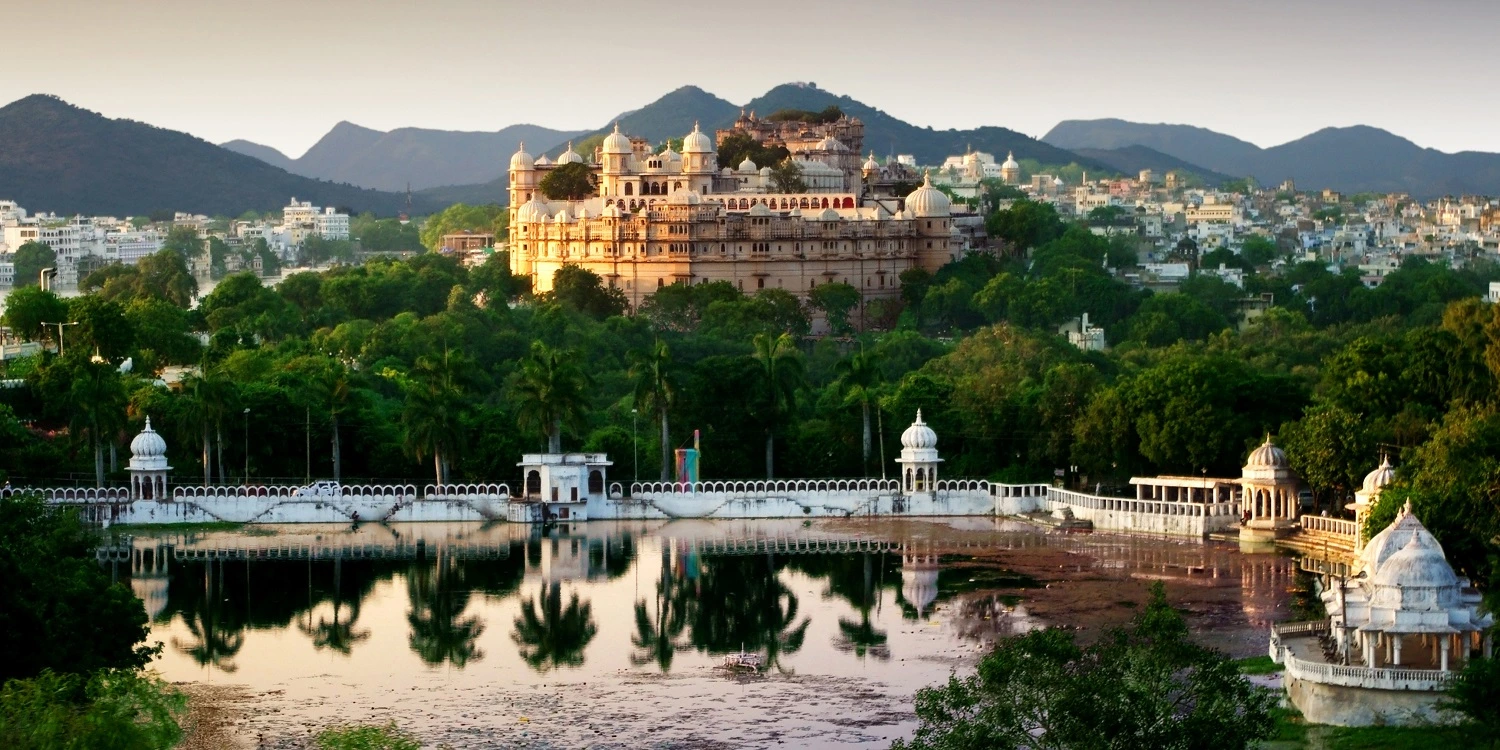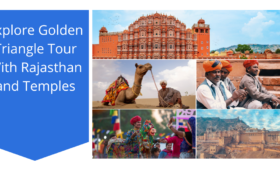Best Season for Your Golden Triangle Tour in India
India’s Golden Triangle, encompassing the vibrant cities of Delhi, Agra, and Jaipur, is a travel destination that never ceases to captivate visitors with its rich history, magnificent architecture, and vibrant culture. While this iconic tour is enjoyable year-round, the choice of the best season can significantly impact your experience. In this article, we will explore the different seasons and the unique charms they bring to your Golden Triangle adventure.

- Winter (October to March): The Peak Season
Advantages:
- Pleasant Weather: Winter in the Golden Triangle region is marked by cool and comfortable temperatures. Days are sunny and nights are crisp, making it perfect for sightseeing.
- Festive Atmosphere: The onset of winter brings with it a series of festivals, including Diwali and Christmas. You can witness the cities adorned with lights and decorations.
- Optimal for Outdoor Activities: With the pleasant weather, exploring historical sites and markets is a joy. Outdoor activities like elephant rides at Amer Fort and visiting the Taj Mahal are more enjoyable in the cooler climate.
Considerations:
- Crowds and Prices: Winter is the peak tourist season, so you can expect larger crowds at popular attractions and higher hotel prices. It’s advisable to book accommodations and tours in advance.
- Summer (April to June): The Shoulder Season
Advantages:
- Less Crowded: Summer is considered the shoulder season in the Golden Triangle due to the scorching heat. As a result, there are fewer tourists, allowing you to explore attractions with more ease.
- Lower Prices: Hotel rates and tour prices tend to be more budget-friendly during this time.
- Clear Skies: While the heat can be intense, the skies are generally clear, which is ideal for photography.
Considerations:
- Extreme Heat: Summers in this region can be sweltering, with temperatures often exceeding 100°F (38°C). Sightseeing in the scorching sun can be challenging.
- Monsoon (July to September): The Off-Season
Advantages:
- Lush Landscapes: The monsoon season brings life to the region, making the landscapes lush and green. The architecture and historical sites look even more picturesque.
- Fewer Tourists: Monsoon is the least popular time to visit, so you can expect fewer tourists and better deals on accommodations and tours.
- Cultural Festivals: This season sees various regional festivals, such as Teej in Jaipur and Janmashtami in Mathura, adding cultural depth to your trip.
Considerations:
- Rain and Humidity: Heavy rainfall and high humidity can disrupt travel plans and limit outdoor activities. Some sites may also be temporarily closed due to the weather.
Conclusion
The best season for your Golden Triangle Tour in India largely depends on your preferences and tolerance for weather conditions. While winter is the peak season and offers the most comfortable climate, summer and monsoon have their own unique charms and benefits. Ultimately, each season adds a different dimension to your Golden Triangle experience, making it a memorable journey regardless of when you choose to visit.



